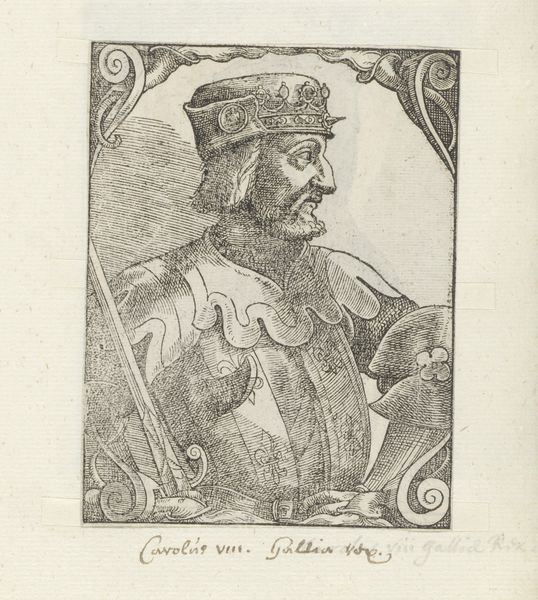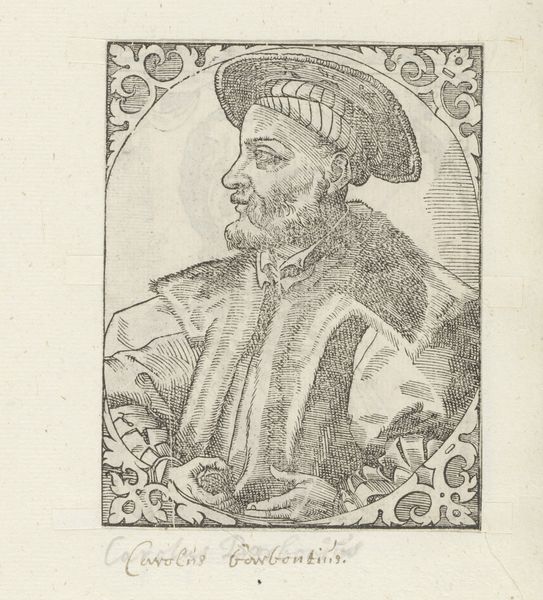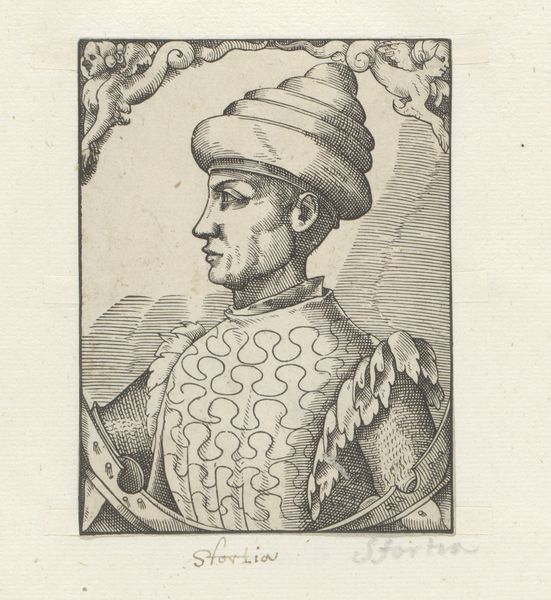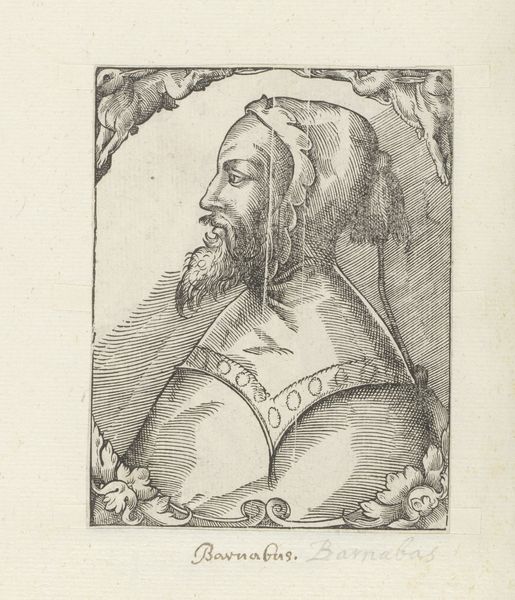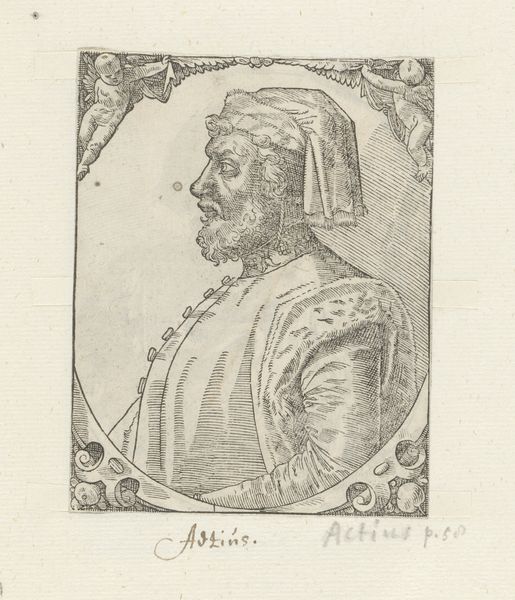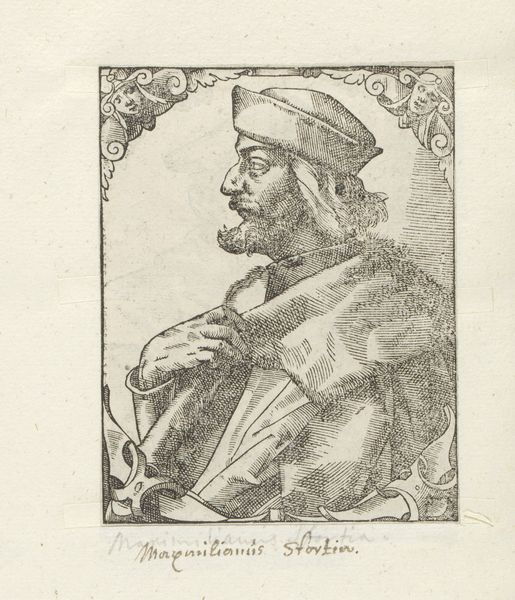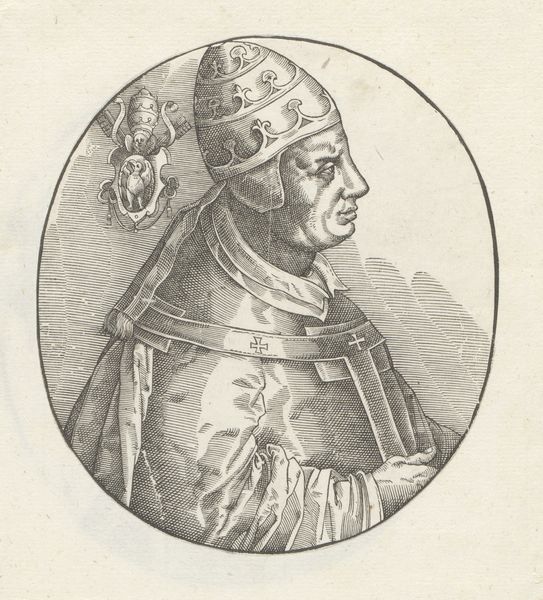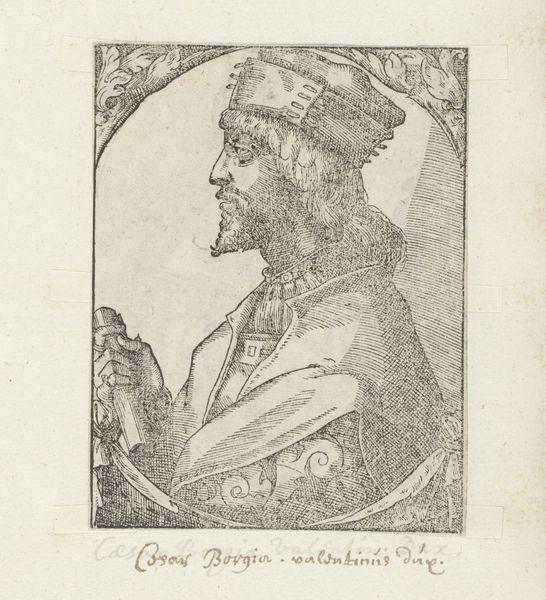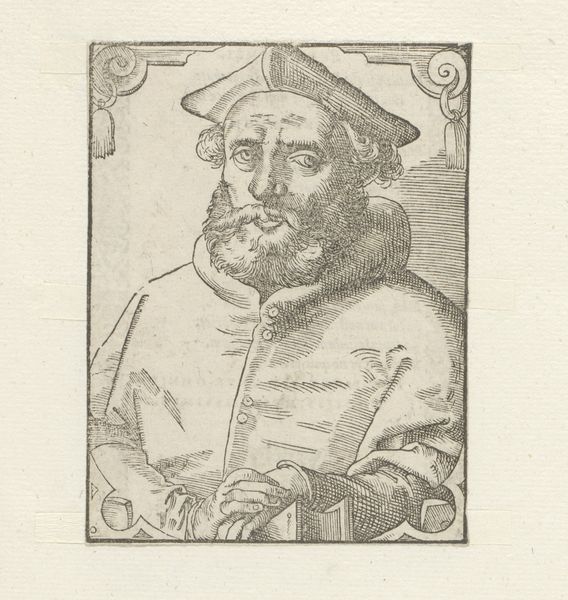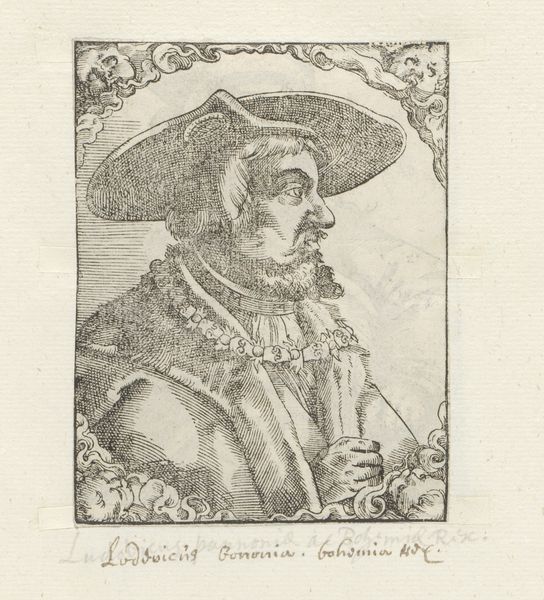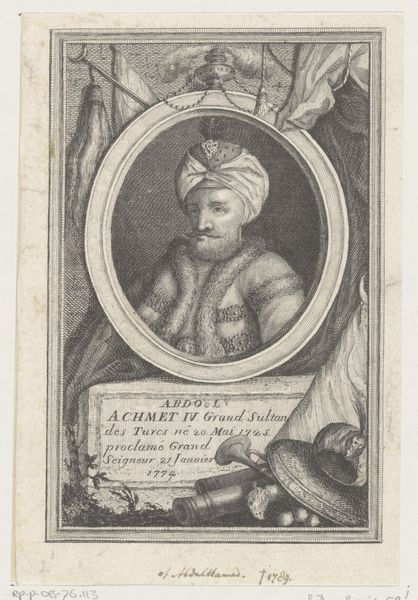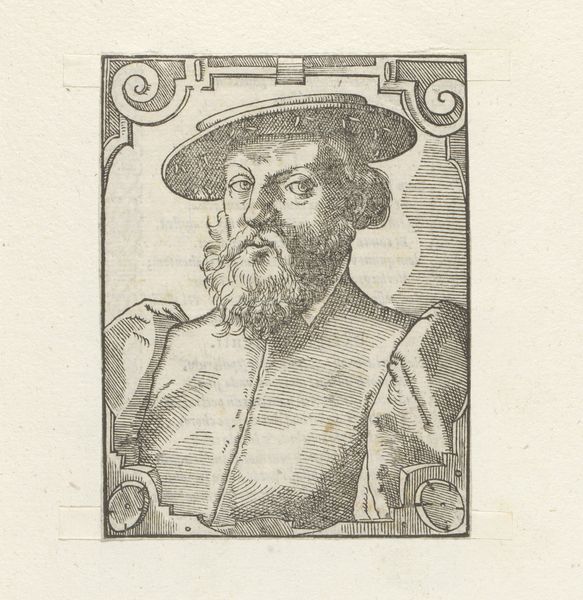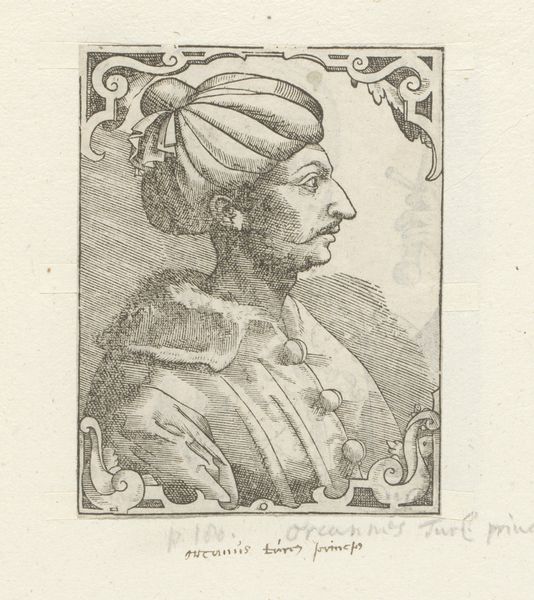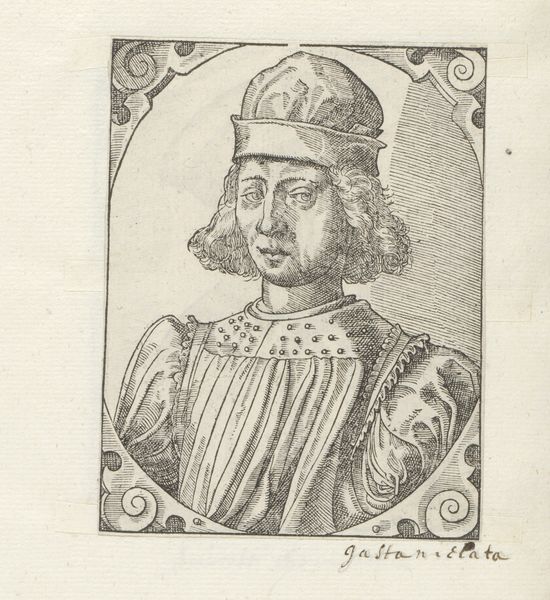
print, engraving
#
portrait
# print
#
old engraving style
#
mannerism
#
figuration
#
line
#
italian-renaissance
#
engraving
Dimensions: height 109 mm, width 83 mm
Copyright: Rijks Museum: Open Domain
Editor: Here we have an engraving, *Portret van Demetrios Palaiologos*, created sometime between 1549 and 1584 by an anonymous artist. The subject is a man in profile, with incredibly fine lines describing his features. It's…intense, almost severe. What’s your take on this piece? Curator: Well, the severity you note, isn’t that interesting, considering this portrait of Demetrios Palaiologos comes out of the Italian Renaissance, yet it's rendered with such exacting detail? Who was Palaiologos, and what power dynamics were at play in the creation and circulation of his image? Editor: He seems like someone important, the kind of person you wouldn't want to cross. But I don't know much about him, admittedly. Curator: Think about portraiture in this period. Whose images were circulated, and why? Consider too the stylistic elements of Mannerism that are in play, how they distort, perhaps even critique, the ideals of beauty and power often associated with Renaissance art. Editor: So it's not just about capturing his likeness, but about the statement it makes about power and identity? Curator: Precisely! It asks us to consider who is remembered, and how. This engraving invites a broader conversation about historical representation and its social implications. Who gets to write history, and whose faces get remembered? Editor: I see. It definitely changes my initial reaction, making me think about what this portrait *does*, instead of just what it *is*. Curator: Exactly! Looking at art through an intersectional lens opens up a whole new perspective, doesn’t it? It allows us to challenge existing narratives. Editor: It really does. I’ll never look at a portrait the same way again. Thanks for the insights!
Comments
No comments
Be the first to comment and join the conversation on the ultimate creative platform.
